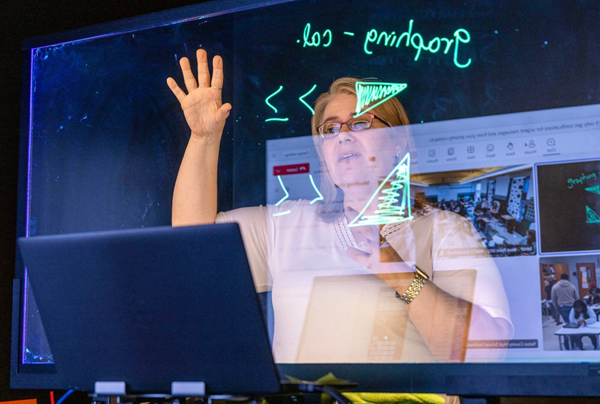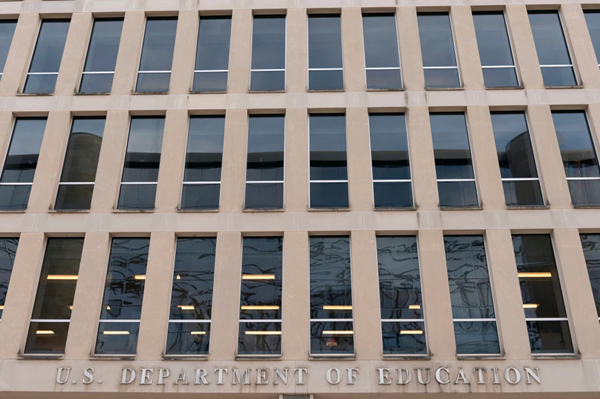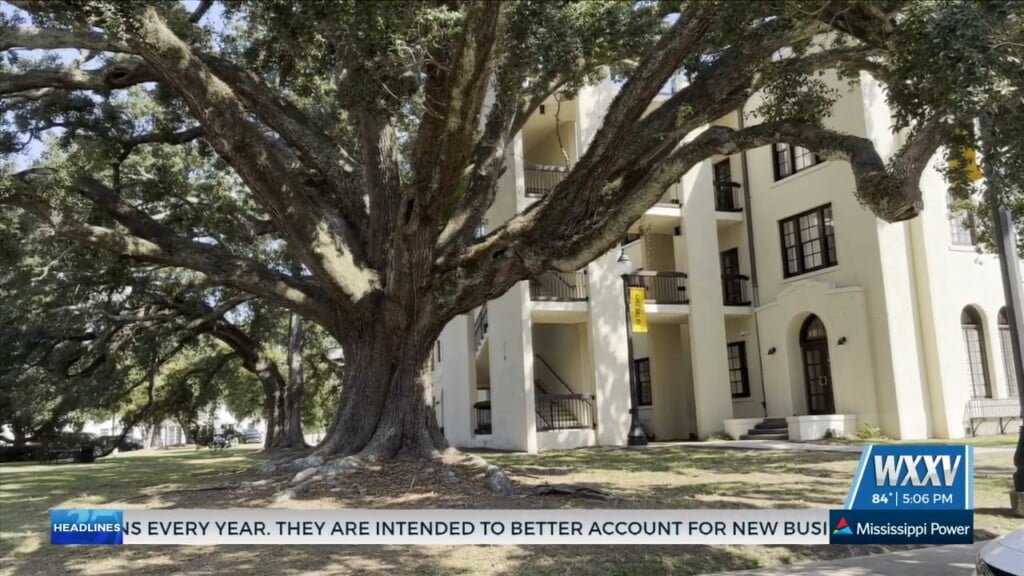1 in 5 dyslexic children go undiagnosed. Educators say how the state can help.
Lighthouse Academy for Dyslexia held the Southeastern Dyslexia Summit for the third year.
“You don’t just slam these children in LD [learning disability class], and take away their recess and their gym time. That’s not the answer.”
Holly Gibbs watched her third-grade classmates play from the classroom. recess needed to be sacrificed if she wanted to keep up with the curriculum.
“Having dyslexia was extremely terrifying as a child. You really don’t know what was going on, what was wrong,” Gibbs said. She is an entrepreneur and summit chair. “You knew you were smart. You knew you could do all these things, but you were being slammed into classes and being outed and it was extremely traumatic growing up. No matter how much love and care someone gave you, you still thought something was wrong with you.”
Little did Gibbs know, she was not alone in this experience. There are roughly 120,000 students with dyslexia in Mississippi.
“It will totally surprise you, but Mississippi is actually one of the leading states in acknowledging dyslexia,” said Traci Barrientos, executive director of Lighthouse Academy. “We are one of the few states that require a dyslexia screening for our children. Our state department of education requires that a school accept a dyslexia diagnosis when it’s given by an approved person.”
While Mississippi is handling this well compared to other states, it doesn’t mean that children with dyslexia are having their needs met 100% of the time. Two newcomers to the summit say the state needs to give teachers the resources to help these students.
Michele Rogers, an interventionist at Pass Christian High School, said, “It’s imperative that we identify and provide interventions promptly, and that identification process is lacking. We need more training within our buildings to make sure teachers can identify and support.”
“I completely agree,” said Brianna Murphy, who works in special education at Pass Christian Middle School, “Just making sure that we have the training across the board, from elementary school – identifying them from a younger age and making sure they have the support that they need. So, making sure that we start young and work with them all the way until they graduate.”
One in five dyslexic children will go without a diagnosis, struggling in silence, and many who receive a diagnosis will have an experience like Holly Gibbs.
“Until we are actually identifying that one in five students,” said Traci Barrientos. “Until we actually have the workforce, we need around 4,000 therapists in this state to deal with this issue. And until every child is identified and has access to an appropriate remediation process, we are not going to see 80% literacy rates. Which are totally possible!”




